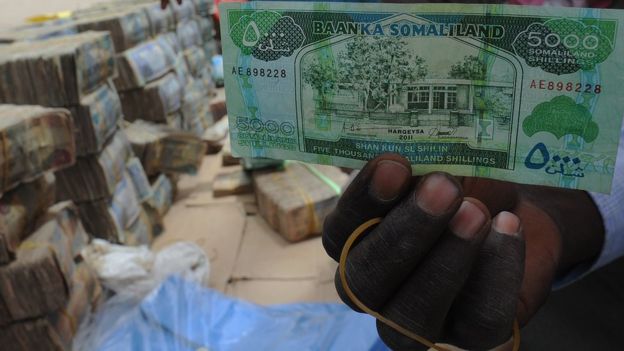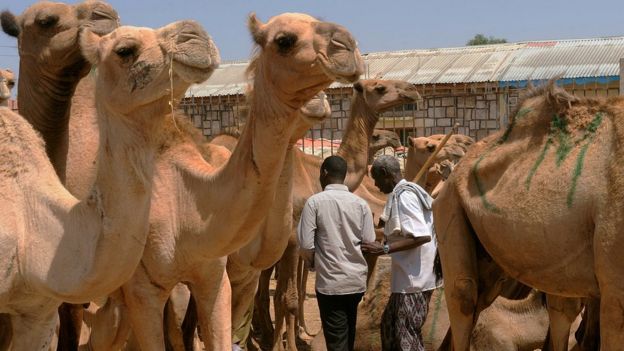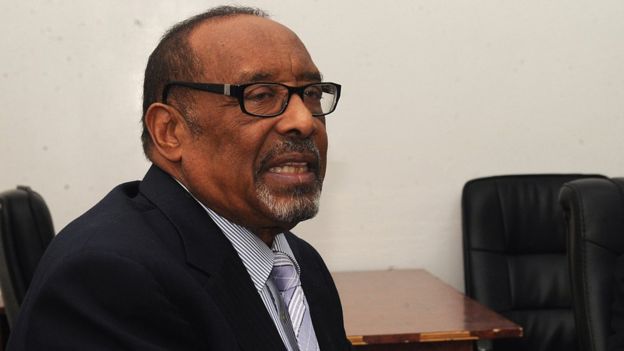A breakaway, semi-desert territory on the coast of the Gulf of Aden, Somaliland declared independence after the overthrow of Somali military dictator Siad Barre in 1991.
Though not internationally recognised, Somaliland has a working political system, government institutions, a police force and its own currency.
The former British protectorate has also escaped much of the chaos and violence that plague Somalia.
FACTS
Republic of Somaliland
Capital: Hargeisa (independence not recognised internationally)
- Population 3.5 million
- Major languages Somali, Arabic, English
- Major religion Islam
- Currency Somaliland shilling
- Life expectancy: not available
LEADER
President: Ahmed Mohamed SilanyoHe defeated the sitting president, Dahir Riyale Kahin, who had been appointed by a council of elders in 2002 and won the territory's first multi-part elections in 2003.
Mr Silanyo, who has a degree from the London School of Economics, is Somaliland's fourth president since the territory unilaterally proclaimed its independence from the rest of Somalia in 1991.
The unelected upper house of parliament in 2015 announced a postponement of presidential and parliamentary elections to April 2017.
MEDIA

The authorities maintain a tight hold on broadcasting. Radio is the most accessible form of media, although Radio Hargeisa is the only permitted domestic outlet. The press can carry criticism of the government but the market for printed publications is small.
- Read full media profile
TIMELINE
 Image copyright AFP
Image copyright AFP 14th century - The area's Islamic sultanates come under the suzerainty of the Christian Ethiopian Empire.
1527 - Sultanate of Adal revolts against Ethiopian rule and subsequently conquers much of Ethiopia, before being defeated with the help of the Portuguese in 1543.
1888 - Britain establishes the protectorate of British Somaliland though treaties with the local sultanates.
1899 - Islamic cleric Mohammed Abdullah rises against British rule, going on to establish the Dervish State, which survives until it is destroyed by British forces in 1920.
1960 - British Somaliland and Italian Somaliland become independent and merge into the Somali Republic.
1991 - The former British Somaliland declares unilateral independence as Somaliland following the ousting of Somali President Mohamed Siad Barre, which plunges the rest of Somalia into anarchy.
2001 - More than 97% of the population votes to endorse the constitution adopted in 1997, in a referendum aimed at affirming Somaliland's self-declared independence.
2016 - Somaliland celebrates 25 years of self-declared independence, but remains unrecognised.
 Image copyright AFP
Image copyright AFP 
